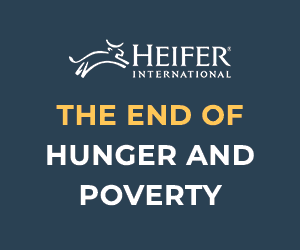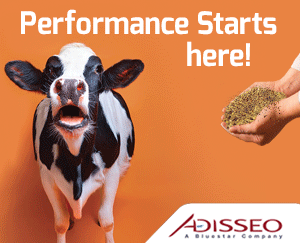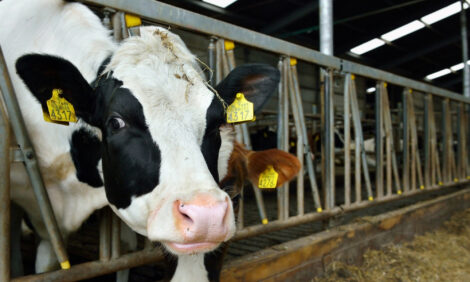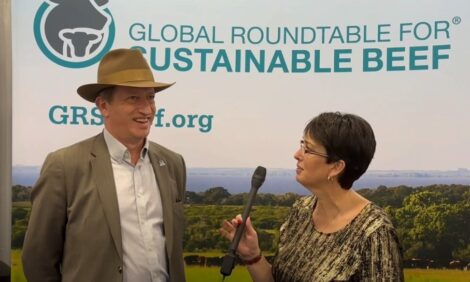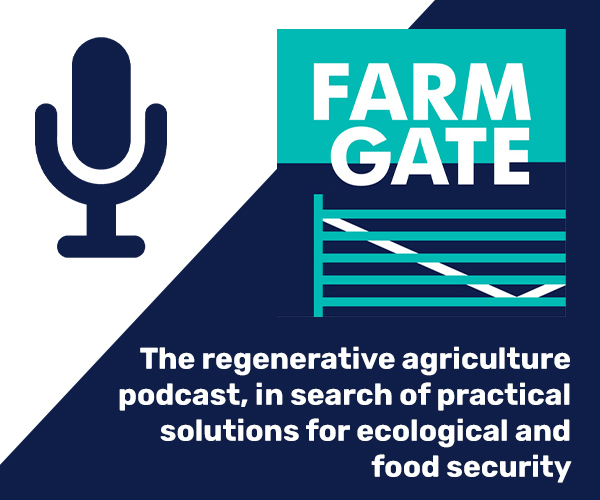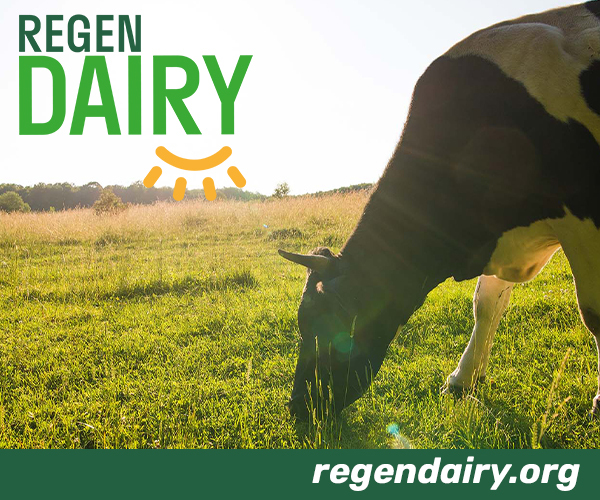



Weekly global protein digest: HPAI in Mexico and Iowa, China's pig prices rising, Canada dairy projects growth in '23
Analyst Jim Wyckoff shares an update on the USDA reports and global protein newsWeekly USDA export sales for US beef, pork
Beef: US net sales of 9,200 MT for 2022 primarily for Japan (3,000 MT, including decreases of 400 MT), South Korea (1,900 MT, including decreases of 600 MT), Taiwan (1,800 MT, including decreases of 100 MT), Canada (1,100 MT, including decreases of 100 MT), and Mexico (700 MT), were offset by reductions for China (900 MT). Net sales of 3,800 MT for 2023 were primarily for Japan (2,500 MT). Exports of 18,000 MT were primarily to South Korea (5,200 MT), Japan (3,900 MT), China (2,800 MT), Mexico (1,700 MT), and Taiwan (1,300 MT).
Pork: US net sales of 47,900 MT for 2022 primarily for Mexico (12,700 MT, including decreases of 400 MT), China (11,200 MT, including decreases of 400 MT), Japan (9,300 MT, including decreases of 200 MT), Canada (3,900 MT, including decreases of 500 MT), and Australia (3,600 MT), were offset by reductions for the Philippines (100 MT). Net sales of 500 MT for 2023 were for China. Exports of 30,700 MT were primarily to Mexico (14,100 MT), China (4,700 MT), Japan (3,200 MT), South Korea (2,900 MT), and Canada (1,400 MT).
Late Reporting: For 2022, net sales totaling 400 MT of pork were reported late for Panama (100 MT), Vietnam (100 MT), the Dominican Republic (100 MT), and South Korea (100 MT). Exports totaling 200 MT were reported late to the Dominican Republic (100 MT) and South Korea (100 MT).
Canada: Dairy and products annual report
FAS/Canada projects modest growth for milk and cheese production in 2023, as consumption remains stable, and the market is partially supplied by rising import volumes following implementation of Canada’s various trade agreements. Butter production is forecast to grow in 2023, as stocks remain low, depleted by sustained strong consumption. FAS/Canada forecasts skim milk powder exports stable into 2023, within the export limits set by USMCA provisions, as the industry reorients toward producing milk protein isolates. Imports of cheese and butter continue to rise, in part, due to additional duty-free market access under recently concluded trade agreements, including the USMCA.
USDA announces $223 million in grant, loans for US meat, poultry processing
As expected, USDA Secretary Tom Vilsack today in Omaha, Neb. will announce $223 million in taxpayer grants and loans to expand meat and poultry processing capacity and to address supply chain problems. Details:
- Projects are divided among $73 million in 21 grants through the first round of the Meat and Poultry Processing Expansion Program (MPPEP), $75 million for eight projects through the Meat and Poultry Intermediary Lending Program, and $75 million for four meat and poultry-related projects through the Food Supply Chain Guaranteed Loan program.
- Vilsack said the funding “will open new opportunities for cattle producers by expanding their beef processing capacity by 700 head per day. The project will also support an additional 275 jobs.”
- USDA received 300 applications for the programs, with 40 reviewed.
- Vilsack was asked about some community objections to meat and poultry plants, about environmental considerations, and the availability of labor. He said part of the evaluation criteria considered was community impact and support and that there had been an environmental analysis as part of the review. Applicants had to attest that they would create good paying jobs and that they believe they can find the workers for the plants. Vilsack said most of the plants would be small and therefore not have to deal with the labor shortages that big plants have had to endure.
- Asked whether big meat and poultry companies would buy up small plants, Vilsack and Karama Neal, the administrator for the Rural Business-Cooperative Service, a division of the Rural Development mission area, who oversees the program, said that if the plants are to be sold, USDA must be notified, and that USDA would attempt to provide additional financing if that were needed. Vilsack said USDA has no plans to buy any of the plants.
- More to come: Tuesday’s announcement was the first round of funding made available through Phase I of MPEPP, USDA said. Additional announcements are coming. USDA will also begin taking applications for a new phase to deploy an additional $225 million, for a total of up to $375 million, to provide gap financing for independent processing plant projects that fill a demonstrated need for more diversified processing capacity.
- Objective of the Meat and Poultry Intermediary Lending Program (MPILP) is to provide grant funding to nonprofit intermediary lenders who finance — or plan to finance — the start-up, expansion, or operation of slaughter, or other processing of meat and poultry. In the first round of MPILP, $75 million was awarded to eight lenders in seven states. Applications for the second cycle ($125 million) are being accepted and are due Dec. 31.
- Via the Food Supply Chain Guaranteed Loan program (FSCGLP), USDA partners with lenders to guarantee loans to help eligible entities expand meat and poultry processing capacity and strengthen the U.S. food supply chain. Lenders provide the loans to eligible cooperatives, corporations, for profits, nonprofits, Tribal communities, public bodies and people in rural and urban areas. Since FSCGLP was launched in December 2021, more than $250 million in loans have been guaranteed for projects in the middle of the food supply chain, USDA said. Four of these, announced Tuesday and totaling more than $75 million, are for meat and poultry processing businesses.
China to release more pork reserves
China’s state planner said on Tuesday it will release its seventh batch of frozen pork from reserves, without providing details. China sold 200,000 MT of pork from state reserves last month to help ease surging domestic pork prices.
Iowa egg layer flock positive for HPAI
Iowa Department of Agriculture officials announced Monday that a commercial egg layer flock in Worth County, Iowa, with 1.1 million birds, has been confirmed with highly pathogenic avian influenza (HPAI). This is the first find in Worth County in 2022 and the first discovery in a commercial flock in Iowa since April 20, 2022. Reports indicated that the state has now had 14.4 million birds affected by HPAI. USDA’s Animal and Plant Health Inspection Service (APHIS) has not yet publicly confirmed the case and they update their data on HPAI daily at noon ET.
For the US, this would mark the first commercial flock discovery since two commercial Minnesota turkey meat bird flocks were confirmed with HPAI Oct. 27 with a total of 95,100 birds.
Britain orders chickens indoors
With the nation facing its largest-ever outbreak of bird flu, Britain's chief veterinary officer ordered owners to keep all poultry and captive birds indoors for one week and to practice "scrupulous biosecurity."
China’s hog herd expands in September
China’s sow herd grew 2% in September versus the prior month to 43.62 million head, according to the country’s ag ministry. The hog herd increased 3.1% from the prior month to 443.94 million head and was up 1.4% from year-ago.
Report: Outspoken defender of meat has industry funding his research, files show
According to a New York Times article, a University of California Davis professor runs an academic center that was conceived by a trade group, according to records, and gets most of its funding from farming interests. The Clear Center has acknowledged receiving philanthropic gifts, including from IFeeder, but the extent of the private funding and collaboration were not previously known. There is no indication that Dr. Frank Mitloehner or the Clear Center violated disclosure requirements.
Mexico finds HPAI on farm near U.S. border
Mexico confirmed the H5N1 strain of highly pathogenic avian influenza (HPAI) in a commercial farm of 60,000 birds in Nuevo León state near the U.S. border, the country’s second confirmed case of HPAI after it notified the World Organization for Animal Health (OIE) of a case in a wild bird in the Metepec district west of Mexico City.
China: swine and pork market interventions ineffective at managing rising prices
Since September 8, 2022, the People’s Republic of China (PRC) National Development Reform Commission (NDRC) has auctioned 127,100 metric tons (MT) of frozen pork reserves as an attempt to curb rising prices. However, despite numerous auctions and other PRC market guidance, domestic prices continue to rise. China is now entering the peak season for demand of pork and pork products. Imports of pork from January through August 2022 are down 62 percent compared to the same period in 2021.
Advertised prices for US dairy products at major retail stores
Total conventional US dairy ads increased by 19 percent in the latest reporting week, according to USDA, while organic dairy ads declined by 8 percent. Conventional ice cream in 48- to 64-ounce containers was the most advertised dairy product, despite appearing in 26 percent fewer ads. This item had a weighted average advertised price of $3.10. Organic ads for ice cream in 48 to 64-ounce containers decreased by 72 percent this week and had a weighted average advertised price of $6.99.
Conventional cheese products appeared in 8 percent more ads this week; there were no ads for organic cheese found in this week's survey. The most advertised conventional cheese item was 8-ounce shred, which appeared in 21 percent more ads this week than last and had a weighted average advertised price of $2.31, a decrease of 35 cents from last week. Conventional cheese sold as 8-ounce blocks appeared in 79 percent more ads this period. This item's weighted average advertised price decreased by 32 cents to $2.33. Ads for conventional yogurt decreased by 4 percent, but organic yogurt ads were up 49 percent this survey.
The most prevalent conventional yogurt item this week was Greek in 4 to 6-ounce containers, which had a weighted average advertised price of $1.11. Organic Greek yogurt in 4 to 6-ounce containers showed up after not appearing in last week's survey with a weighted average advertised price of $3.00. Conventional milk ads grew by 97 percent, but organic milk ads declined by 18 percent this week. Half gallon containers of conventional milk showed up in 37 percent more ad this week.
Meanwhile, half gallon containers of organic milk appeared in 23 percent fewer ads. The weighted average advertised price for convention milk in half gallon containers was $2.11, while organic milk in this size was $4.51. This represents an organic price premium of $2.40.




